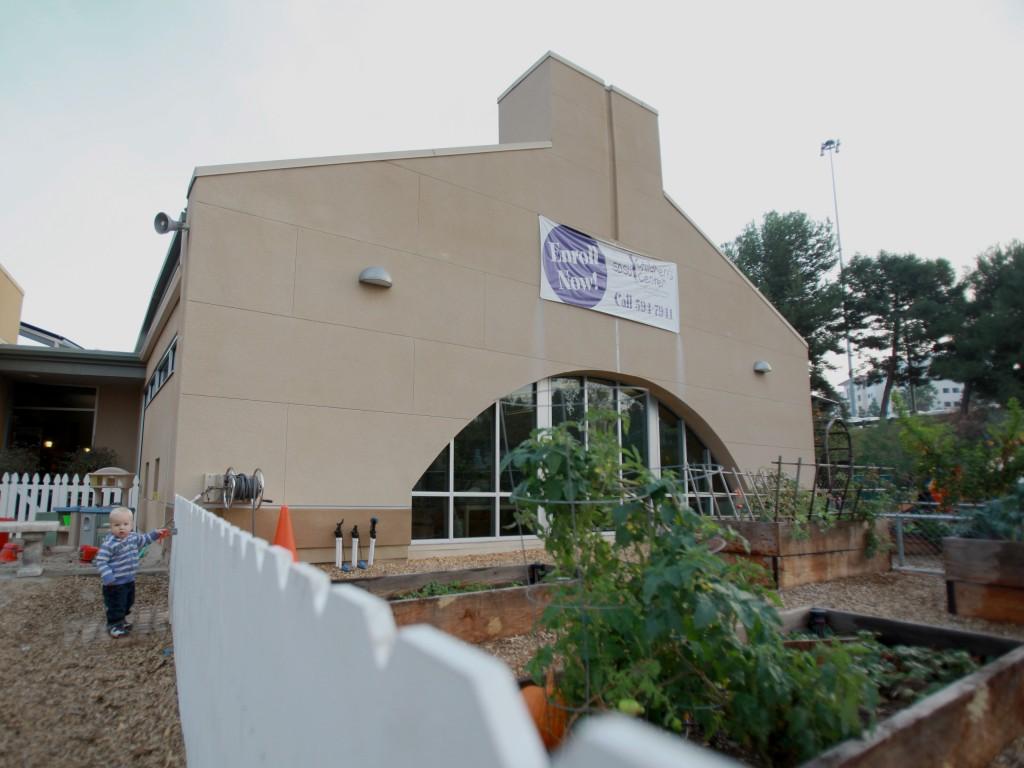The San Diego State Children’s Center has struggled to remain viable for the past five years after threats to state funding and difficulties filling its classes.
Now, the effects of a state law creating preschool programs in public schools could stop parents from enrolling their kids in the on-campus preschool, SDSU Children’s Center Director Robin Judd told the Associated Students Board of Directors at its Nov. 18 meeting.
The law was signed by former Gov. Arnold Schwarzenegger in 2010 and took effect last year, creating transitional kindergarten programs in public schools for 5 year olds.
“There’s a major concern within early childhood agencies that with a push for transitional kindergarten that the state of California will slowly move all child care for children over the age of 3 to public school settings and leave other centers and home-based programs to serve children who are under 3,” Judd said.
Judd said because the new program brings state funding, schools are vying to enroll children younger than 4 1/2 years old.
“I just got another email today and I need to report to the state how many children under the age of 3 I’m serving on my (state preschool) contract and how many children over the age of 3 I’m serving,” Judd said. “Those are questions that were never asked before and they’re starting to be asked on a regular basis.”
At the board’s meeting, Judd addressed other problems faced by the Children’s Center.
Fewer families are enrolling because of the higher GPA requirements, Judd said. The cost of living in San Diego has also forced students with children to take jobs to support them, which can bar them from getting reduced fees if they miss income qualifications even by a slight amount. To qualify, families of four must make less than $3,900 a month, families of three $3,500, and families of one $3,000, Judd said.
“And if they miss that cutoff then they have to pay anywhere from $6,000 to $13,000 a year to provide childcare for their child while they’re here in school,” Judd said.
Since budget cutbacks began, the center has lost about 33 percent of what it used to get in funds from the California Department of Education, Judd said.
A.S., which controls the Children’s Center, has been compensating for the deficit with funding from its reserves, offering around $70,000 last year, A.S. Vice President of Financial Affairs Mariah Kelly said. Meanwhile, the center is trying to reinvent itself by rearranging its classes and satisfying demand to enroll more children ranging from 20 to 35 months.
It will do so by moving some of its younger toddlers into mixed-age group rooms with 2 year olds and enrolling more children ages 20 to 35 months. Part-time student staff will be on hand to help the younger children adjust to the change of being in a group with older children, Judd said.
“We do anticipate that some of our families will be sad and we’ll prepare for that sadness as will our teachers,” Judd said. “But we know that it’s something we need to do in order to make sure we maximize our enrollment and increase our income, otherwise we can’t serve any families.”
A.S. hopes restructuring the center can make it self-sufficient again, assuming there will be no further funding cuts. A.S. Executive Director Christina Brown said it can only wait and see.
Brown said if major changes are made in the funding grants, A.S. will have to look into creating a new model because it can’t make up more large deficits.
Photo by staff.







